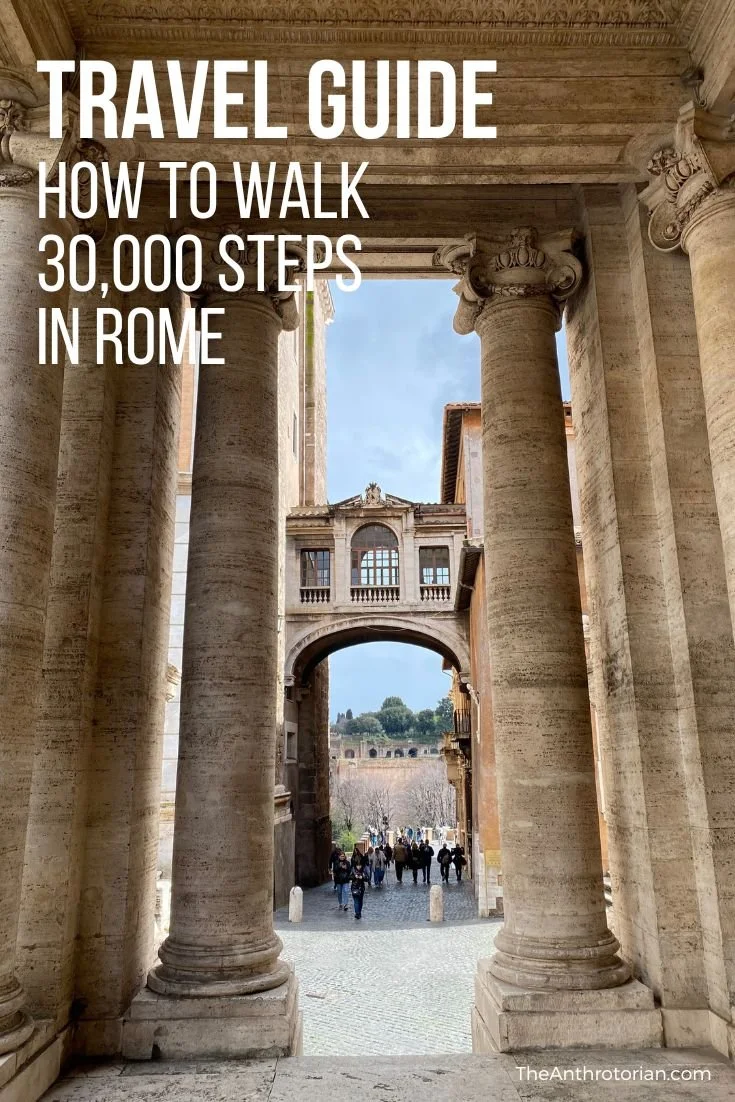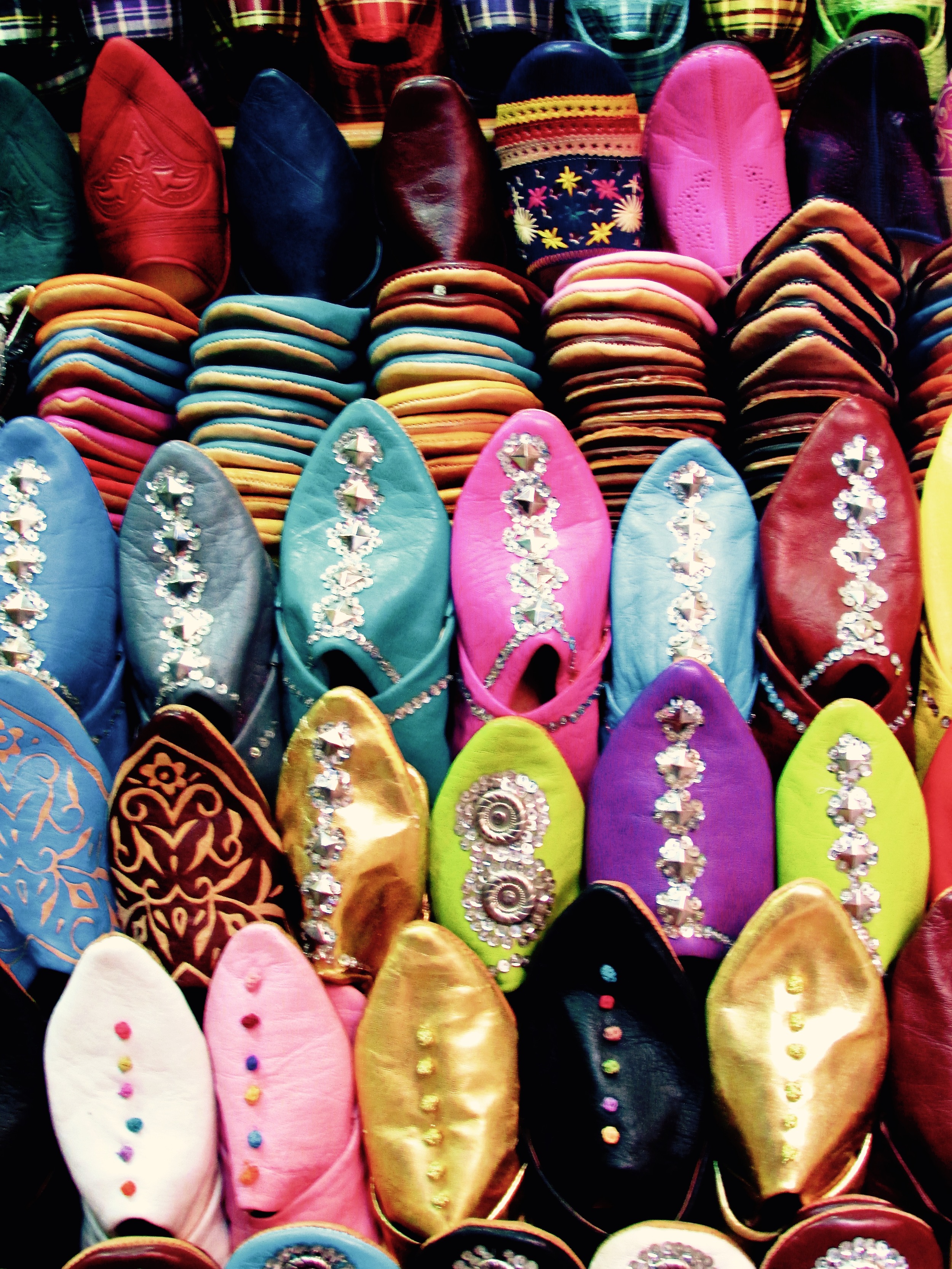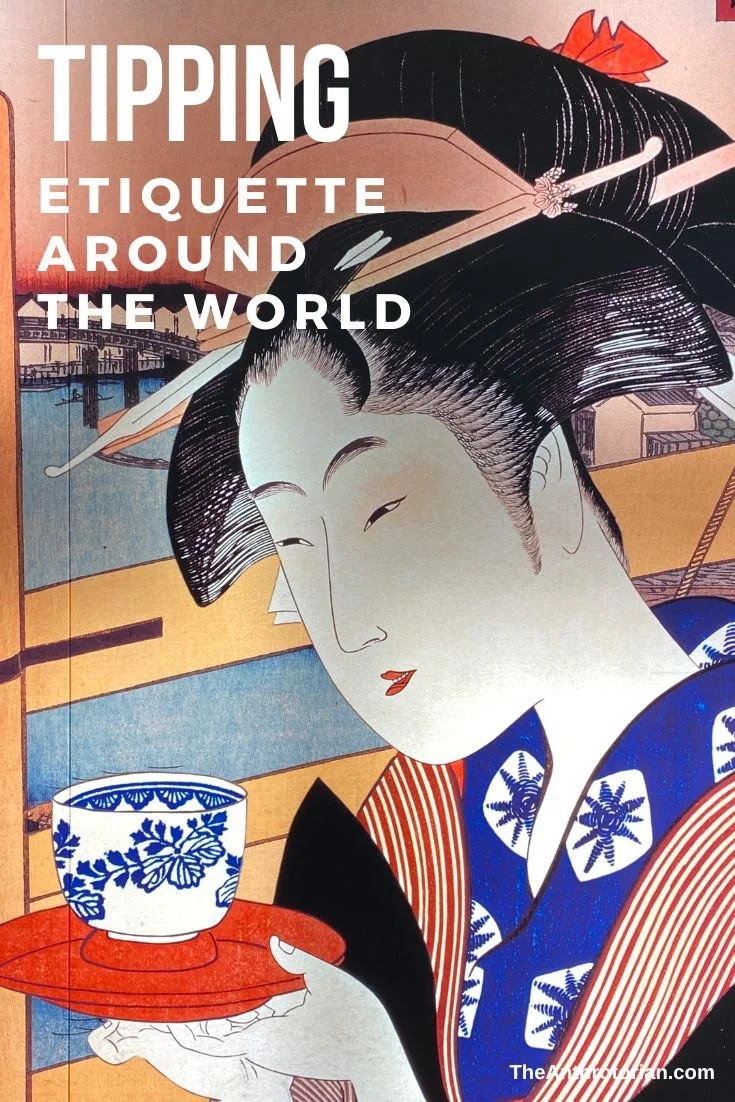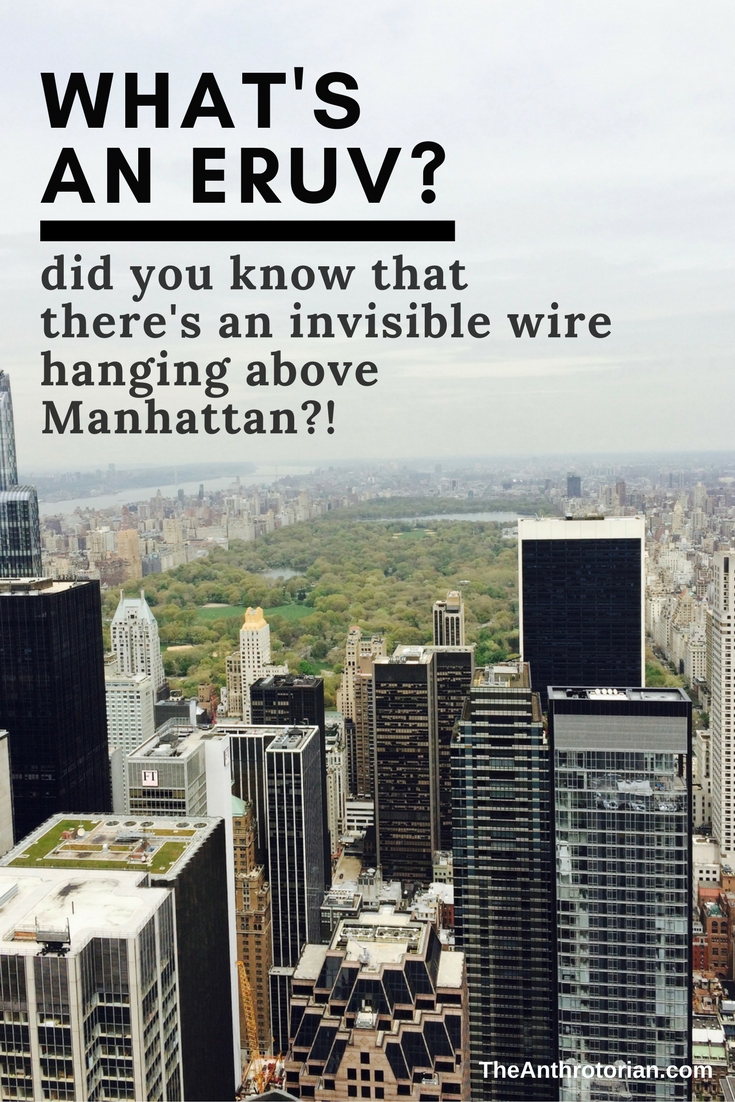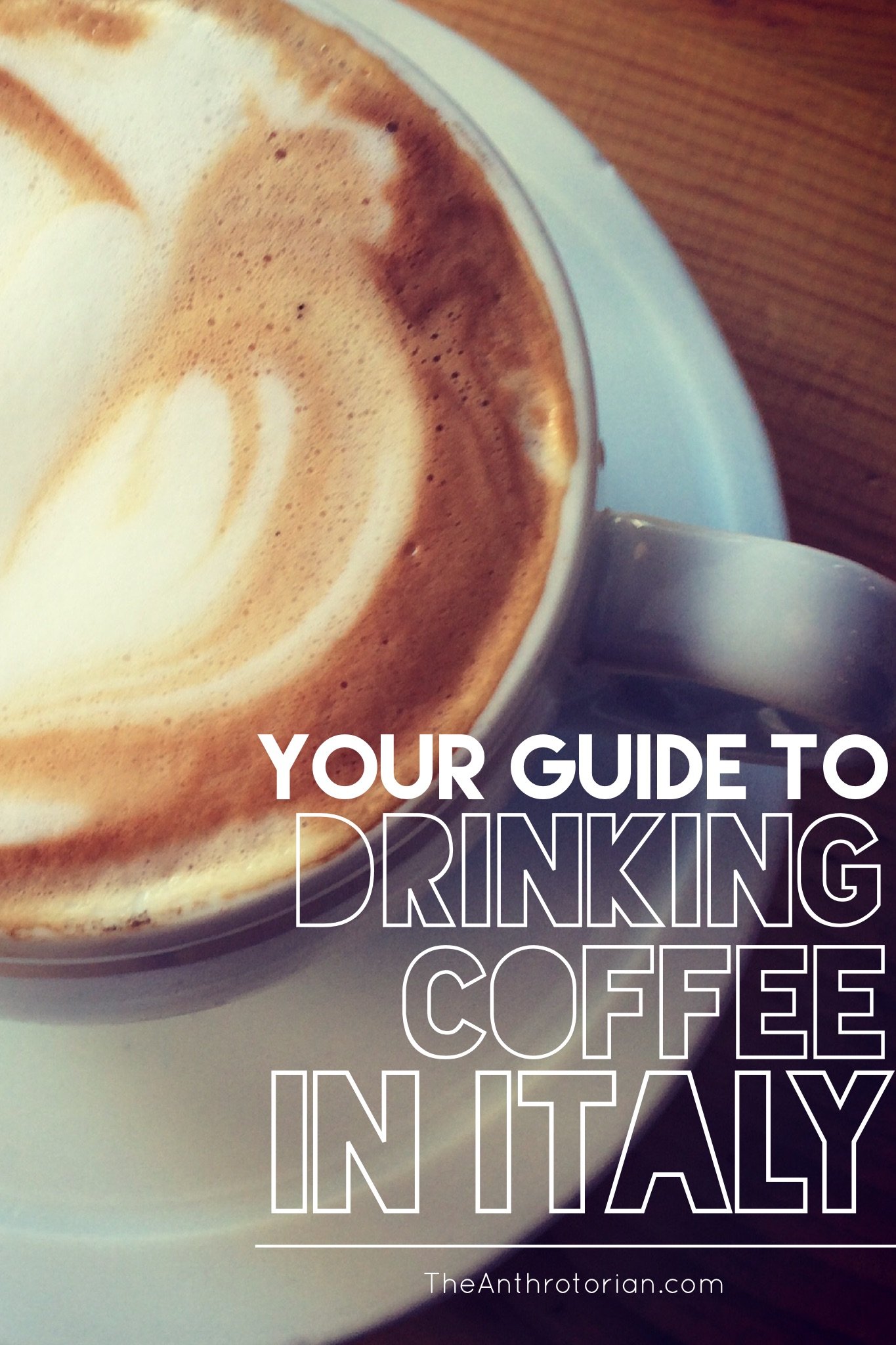I love connecting with fellow travellers and seeing where they come from, what they are up to, how they sustain their lifestyle, and how they are sharing their experiences with the world! If you know someone who has a story to tell, contact me and they may be featured in a future post!
Read MoreExploring a Magical Ice Castle in Edmonton, Alberta
Wandering through an acre-sized ice castle is no longer only possible in a Disney movie — think Elsa’s icy escape in Frozen. The Utah-based company, Ice Castles, started creating these incredible structures in 2009, and for the first time ever, has brought the incredible frozen wonderland to Canada.
Read MoreTravel Tales: What's Pie? Or, The Challenge of Celebrating Thanksgiving In a Foreign Country
South Korea is a country with a calendar year jam packed with small festivals, celebrations and special days. Teacher’s Day, Children’s Day, Valentines Day, White Day, Love Day, Peppero Day — the list goes on and on (and on and on — seriously, there are an aggressive amount of festivals).
I lived in the country teaching English for 13 months, and after awhile it was easy to tell when a major holiday was coming by the ten-kilogram cartons of grapes, packages of pears and massive jars of kimchi that took over sections of grocery stores and entire corner markets. Gift packs of ramen, crackers, Soju, lotions and shampoos filled the aisles in preparation for the coming celebrations.
Constantly surrounded by these foreign holidays, my roommate Michelle and I, feeling nostalgic for our own traditions, decided to bring a bit of home to South Korea and take on the challenge of hosting Thanksgiving dinner for our foreign colleagues.
A feat even with a fully stocked North American kitchen and grocery store at your disposal, being in South Korea brought a unique set of challenges to this holiday.
Cooking a turkey was out of the question because none of us had an oven in our apartment (this is a thing in South Korea — most people don't use ovens), so we had to settle on some precooked chickens from the grocery store as our main dish.
It was easy enough to find the vegetables that we would need, and after spending a few painstaking hours combing the foreign markets in Seoul, we managed to track down an ancient looking package of gravy mix and some boxed stove-top stuffing.
It wasn’t until we stumbled upon a lone can of pumpkin pie filling — hidden in a dark, cramped corner of the underground Hanam foreign market in Itaewon (a neighbourhood in Seoul) — that the thought of cooking dessert had even crossed our minds. The sheer luck of finding that can led us to believe that it was our destiny to make pumpkin pie (even though, as you will recall, we didn’t have access to an oven), be heroes to our friends, and host the BEST Thanksgiving dinner made in a foreign country EVER.
You might ask why we didn’t just buy a pie.
The short answer: South Koreans do not eat pie.
The long answer: while there were bakeries in the country, when I lived there, they didn’t make conventional items that would be found in bakeries in the western world. They were full of sickly sweet breads, hard flat pastries, fluffy pink cakes and mystery buns with red or black bean paste concealed inside them (I bit into what I thought was a chocolate croissant one morning to find that I was terribly, terribly wrong). I had never seen anything even resembling a donut, a cupcake or a gooey chocolate chip cookie, let alone something as radical as a pumpkin pie in a bakery. This lack of interest in North American-style baked goods — and the lack of ovens in standard apartment kitchens — also meant there was no baking aisle well stocked with flour, spices, sugar and other ingredients that would be found in the standard grocery store at home.
Acknowledging all that was against us, we did the only logical thing that we could think of — called my mom. Since it was the middle of the night for her, it took me a few minutes to get her to understand that I wasn’t waking her up because of an emergency — I just needed some help making piecrust.
After she stopped laughing, she managed to find and read me a recipe which I scribbled down on the back of a receipt I found in my wallet, and handed off to Michelle who plunged down the small aisles of the foreign market desperately hoping that we would be able to find everything on the list. Luck was on our side, because after a thorough search we managed to find everything but condensed milk, which we discovered was easy enough to supplement by throwing regular milk, sugar, butter and water into a pan (thank you Google).
As we rode the subway home, trying to balance our ingredients haphazardly on our laps, we realized we had to face the elephant in the room and try to figure out how we were going to bake the pie.
After throwing out ridiculous ideas like making an oven out of a box (clearly a fire hazard) or cooking it on a small BBQ (just a bad idea thrown out in desperation), we decided to try and put ourselves in the hands of one of our local bakeries and their industrial sized ovens.
Once we got back to our apartment, we set our plan in action by calling Wendy — one of the Korean teachers we worked with who had offered us her services as a translator. We were hoping to have her explain our situation — over the phone in Korean — to the people working at our local bakery and then have her ask them if they would be willing to bake the pie for us in one of their ovens.
Like my mom, Wendy laughed for a few minutes and thought we were nuts, but agreed to help us.
Early the next morning, after prepping the pie, we carried it carefully to the closest bakery. Luckily the store’s owner happened to be working and once we had Wendy on the phone, we handed it over to him. After a few tense moments, he laughed and nodded at us, handing back the phone and Wendy confirmed what we had already guessed — he had agreed to help us out! Elated, Michelle and I left our pie in his hands and ran home to start preparing the rest of the meal.
After a long day of non-stop chopping, mixing and cooking, I left to pick up the pie about an hour before our friends arrived.
The minute I walked in the door of the bakery and saw the owner’s nervous face, I knew that something was wrong.
He slowly opened the lid of the white square box that had been sitting on the counter in front of him, and pointed inside at a lumpy mess, shaped sort of like a pie. Not even thinking that it needed to be explained, we hadn’t told him not to take the pie out of the pan when it was done baking. He — of course — had, and as a result the pie had completely fallen apart. Seeing how badly he felt and not wanting to make him feel worse, I gave him my biggest smile, bowed and thanked him warmly a few times before I left with my sad lump of pie.
We recounted our saga, amidst tears and laughter, while serving our sorry looking pie crumble to our surprised friends. When I finally sat down and took a bite of it myself, I was shocked to find that — despite its appearance — it was (and still is to this day) by far the best pumpkin pie that I had ever tasted.
Related Posts
The Jjimjilbang Experience: Getting Naked With The Locals In South Korea
When I was first asked by some fellow foreigners in South Korea if I wanted to get naked in a public bathhouse and sauna on my first weekend in the country, I looked at them like they were nuts.
Somehow though, they managed to talk me into it (I blame severe jet lag), and it was one of the best decisions that I have ever made.
Found all over the country, in both large free-standing complexes or on the top few floors of high-rise buildings, the jjimjilbang or public bathhouse became one of my favourite spots, and one of the things that I miss most about living in South Korea.
Now, before we go any further, shake all the dirty, dark, or (ahem) inappropriate images of "bathhouses" out of your head. The South Korean jjimjilbang is the complete opposite, and is part of a tradition of ritualized bathing that can be traced back to ancient Egypt, to prehistoric cities that existed in the Indus River Valley, and to the Aegean civilizations — not to forget the Greeks, Romans, Eastern and Central Europeans, and Japanese.
The bathhouses in South Korea are a cross between an aqua centre, a spa, and a theme park. They are gender-segregated because bathing suits of any kind are not permitted, though most have a unisex area where, after donning pajama-like T-shirts and shorts that are provided, you can meet up with members of the opposite sex. This area usually has a snack bar, a gym, TVs, Internet access, sleeping quarters (with bunk beds or floor mats — yes, you can actually spend the night there) and communal saunas.
The interior of a communal salt sauna. You are supposed to sit in the salt and cover yourself in it to absorb it's purifying characteristics. (image source)
They are usually open 24 hours and have no time limit for how long you can spend in them (seriously, you could spend an entire weekend there for your single entry fee of around 10,000 won or $10 per person).
My visits to a jjimjilbang usually went like this:
I would walk up to a bright front desk area fully staffed with friendly people who spoke zero English and looked at me like I had no idea what I was getting myself into. Holding up one finger I would say “Hana juseyo” (one please) and they would hand me my towels and key and charge me the entry fee. Shoes off, I would walk barefoot across the warm, heated floors and into the large locker room where my numbered key would open a corresponding locker. This is where I stored my bag and ALL of my clothes.
Don't get me wrong, this was TERRIFYING the first few times.
Being stared at on the street, fully clothed was one thing (a tall white girl in a very homogenous South Korea stands out like a sore thumb), but the idea of being naked in a room full of other naked women who would be staring right at me — and at all of my bits — was horrifying. But, I was surprised to discover that for the most part they completely ignored me. I know this is hard to believe, but I usually felt more self-conscious on the street fully clothed then I ever felt naked in a jjimjilbang.
Once I had stripped off all my clothes, it was time to head into the pool area.
But, before even thinking about getting into the steaming pools (which were emptied and cleaned once a day), protocol required that I hit the showers and completely scrub any trace of the outside world off of my body. I’m talking shampoo, condition, foam, wash, scrub, mask and anything else that I could think of to eradicate any dirt or dry skin.
Alone at the jjimjilbang one night, I had just started my process of cleaning when I was startled to suddenly feel someone scrubbing my back. I quickly rinsed the soap out of my eyes and turned to find a small, grey haired ajumma (grandmother) smiling at me and holding a coarse yellow cloth. She had seen that I was alone and had come over to help me wash the parts of my body that I couldn’t reach myself. Over her shoulder I could see her family watching and also smiling as she motioned at me to turn back around. Korean families would often visit the bathhouse together, taking turns scrubbing each other's backs or washing each other's hair. After my initial shock had worn off, I shrugged, thanked her in Korean, turned back to the shower and continued to wash my hair while she scrubbed me raw from my shoulder blades to my tailbone.
A photo of the female pool area at the Hurshimchung Jjimjilbang in Busan, South Korea
No other feeling in the world compared with sinking into a pool after the scrubbing was complete. My skin would be tingly, and every muscle in my body would un-clench as mini waterfalls carrying scalding hot water would fill the air with steam. The pools came in all shapes, temperatures, and water types that when used in a certain order were supposed to help one attain a high level of ‘purification’. There was usually a pool lined with fragrant cedar, one filled with green tea, one scented with eucalyptus and a lavender scented one with violet colored water that made me feel like a member of the ancient royal family. Jumping into the glacial plunge pool was always a rush, but it usually made me feel like I was going to pass out and it always took me a few seconds, clinging onto the edge, to see straight. In one corner of the room strong jets shooting down from the ceiling gave a life changing back massage and through heavy glass doors a latticed outdoor area, open year round, had a cold bath, a hot bath and at night, a full view of the stars.
Once my fingers and toes had started to prune, I knew that it was time to take a break from the pools and I would make my way across the warm, womb-like room to the saunas. There were only a few of them in the segregated area, but all were scented with a different essential oil or herbs that were meant to aid in even further inner and outer cleansing. I would usually just lay on the floor, letting the heat weigh me down, and let my mind go blank. Time seemed to disappear on my visits to the jjimjilbang.
Leaving the saunas, I would spend my last few minutes recovering from the extreme heat by laying on one of the warm marble slabs that were scattered throughout the main room. My body would slowly cool down while I listened to the steady trickle of running water and the quiet chatter coming from the corner where women were getting massages. A board on the wall advertised the different services available, but because I couldn’t read hangeul, I never knew what they were. They ranged in price from 10,000 won to 30,000 won (between $10-$30) and from what I observed the most popular were either a bone crunching full body massage or allowing a serious looking women in mismatched lingerie to scrub you raw. Ok, so maybe it wasn't just the fact that I couldn't read the board — those women scared me a little.
My skin has never been so soft, and I have never been so relaxed as I was after visits to these incredible cultural spaces. Don't let your fear of being naked in a room of other naked people prevent you from missing out on this amazing experience — trust, me it's worth it.
5 Things To See In The Marrakesh Medina
Are you looking for things to do in Marrakesh? You've come to the right place!
In between getting lost in the maze of narrow streets bordered by red walls draped in vibrant, hand-dyed carpets, there are some incredible places to see and experience in Marrakesh! Here are five of my favourite spots.
1. Djemma el-Fna
I had heard that Djemaa el-Fna, the gigantic main square in Marrakesh, was an open-air theatre full of action, entertainment and general hoopla, but words can not describe what was waiting for me when I wandered there one night as the sun was setting.
The chaos that greets you has been non-stop since the square was the site of public executions in AD 1050 (the name means "assembly of the dead"). It is such an incredible collision of Moroccan culture that UNESCO declared it a "Masterpiece of World Heritage" in 2001.
Camera at the ready and all senses on alert, I walked past snake charmers right out of an Indiana Jones flick blasting oboes to calm hissing cobras, fully veiled female henna tattoo artists would suddenly appear beside pulling me towards their stools, and monkeys on leashes that sat obediently next to the feet of their owners.
Stalls piled high with figs and oranges were lit by hanging lights and seemingly out of nowhere, benches, tables, and cook-tops appeared where chefs were prepping fragrant traditional meals that would break the Ramadan fast for the day. (Apparently what I saw was tame compared to what occurs outside of the month of Ramadan.)
Surrounding restaurants open their rooftops to tourists — the perfect spot to enjoy the show!
2. Bahia Palace
This gorgeous, historic palace has floor-to-ceiling decoration that was begun in the 1860s by Vizier Si Moussa and then was completed between 1894 and 1900 by Vizier Abu 'Bou' Ahmed. It has been home to rulers, warlords and French colonizers, but now lies empty — other than the tourists that filter through daily, of course.
The incredible pointed, gilded, and inlaid ceilings will have you looking up in the Grand and Petit Courts, but don't forget to look down at the incredible mosaic floors, and stunning doorways. There are multiple courtyards and rooms to stroll though, but no furniture remains.
Though you can't visit the entire 8 hectares and 150 rooms, the opulent harem rooms are open to the public.. This is where Vizier Abu 'Bou' Ahmed kept his four wives and 24 concubines.
3. Dar Si Said
Only a short walk away from the Bahia Palace (there are signs to help you navigate), this incredible structure showcases the city's riad architecture and is the home to a spectacular painted wedding-chamber dome.
It houses the Museum of Moroccan Arts, and has an incredible collection of historic artifacts from all over the country.
Because it is located off the beaten path, it doesn't get the same amount of traffic that a lot of other sites get, but it is well worth a visit. Make sure not to miss the beautiful central garden!
4. The Souq
I rarely get lost when I am in a different city. As long as I have a map with me, I can usually find my way out of a wrong turn pretty easily. In the souq (market) in Marrakesh however, I didn't stand a chance. I attempted to navigate the winding, twisting alleyways multiple times and each time ended up completely lost surrounded by carpets, cushions, lanterns, spices, and shoes.
The colours, smells, and shiny objects overflowing from the stalls around me were only slightly more distracting than the shop owners calling out to get my attention in any way possible.
It was a completely disorienting, adrenaline-pumping, five-sense engaging experience that I have never had in a market anywhere else in the world!
5. Hammam
I encourage all visitors to Morocco to skip a tourist spa and experience a public hammam (public bathhouse). Entry fees are cheap — $3.00-5.00 — and all you need to bring is a towel! Soap is available to purchase if you want (I highly recommend it as it makes your skin really soft), but you are welcome to bring your own.
Most locals strip down entirely, but you can leave your underwear on if that makes you more comfortable. You will then be taken to a big tile room with the other hammam-ers (don't worry, the sexes are separated), be given a pail to fill up with water, and you can then sit or stand and scrub yourself clean, rinsing as needed.
Why not just have a shower at home, you ask? For the experience of course! Morocco is essentially a desert, and so public hammams are a way for locals to save water and money. AND, for just a few extra dollars you can pay to have a gommage (scrub) where one of the attendants will scrub you from head to toe — an AMAZING experience!!
Related Posts
Reads For The Road: "Turn Right At Machu Picchu" by Mark Adams
Mark Adams' Turn Right At Machu Picchu is everything that I love in a book. It is a non-fiction, well-researched travel tale that contains entertaining characters (that are real people!), vivid descriptions and inspires me to be a better writer and go on more adventures! As you can imagine, I haven't found many books that fit that criterion.
“People used to be travelers Mark... Now they’re tourists. People want hotels, cafes, the Internet. They won’t even camp!”
Adams takes readers through his research and real-life experience on Machu Picchu and other Inca ruins, their rediscovery (and the controversy around who really "rediscovered" it), and what it really was (temple, summer home, tomb). He also recounts some fascinating stories that he is told by locals, and guides who have been exploring the region for years.
It's funny, interesting, and just a really fantastic read.
Travel Tips: Words You Should Know In The Local Lingo
The reality is that most of us who travel know one language really well — our own. Well there are exceptions out there, most of us only know the basics of one or two other languages (if we are lucky), and often have no clue how to speak the local lingo in the country we are travelling to.
I have found that with an warm smile and some body language, you can communicate almost anything, but I do make a point of writing myself out a cheat sheet of useful words and basic phrases in the foreign language to carry around in my pocket.
Here's my list of words and phrases that you should try and know in the local dialect (or at least have written out for quick reference) no matter where you are travelling.
HELLO
It is good practice to note the polite form of a greeting. This will show that you respect the person you are talking to and will (hopefully) make them a little more willing to help you out. For example, in Korean, you might say "annyeong" to someone you know well, but the polite form would be "annyeong haseyo".NO
The easiest way to drive away a persistent street vendor, scam artist, or unwanted tour guide is to say a firm "no" to them in their own language.YES
On the other hand, you will need to say "yes" if you want to accept help or answer a question.
NOTE: Nodding and shaking your head will not work universally for "yes" and "no". In some countries it means the opposite, and in others it means something totally different.HOW MUCH?
Very helpful when bartering in foreign markets. Though, you will also need a cheat sheet of numbers so you understand the answer. If you are too worried about memorizing numbers, have a pen and a piece of paper handy so you can barter on paper.DO YOU SPEAK ENGLISH?
I have found that just pointing at yourself and saying "English?" works too, but this is the more composed way to ask.THANK YOU
Being polite will get you everywhere.EXCUSE ME/SORRY
Good to know for when you inevitably make a cultural blunder.CHEERS!
It helps to know what to say when clanking glasses together at the local watering hole!
FOR PEOPLE WITH ALLERGIES: I don't have allergies, so have never had to worry about this, but if you do make sure that you have all the things that you are allergic to written out in the language of the place you will be visiting. You need to be able to hand it to anyone at a restaurant so that they understand exactly what you can't eat.
ALSO: It is pretty important to know the words for "men" and "women" so that you are able to tell which bathroom to walk into. Not everyone uses pictures — trust me, I know.
Well this list is not going to get you through every situation that arises, in my experience, it is all you need for initial encounters and to show that you are attempting to communicate in a language that is not your own. I find that even an attempt will warm people to you, and they will be more patient when you haul out the actual phrase book and try to have a more in depth conversation.

